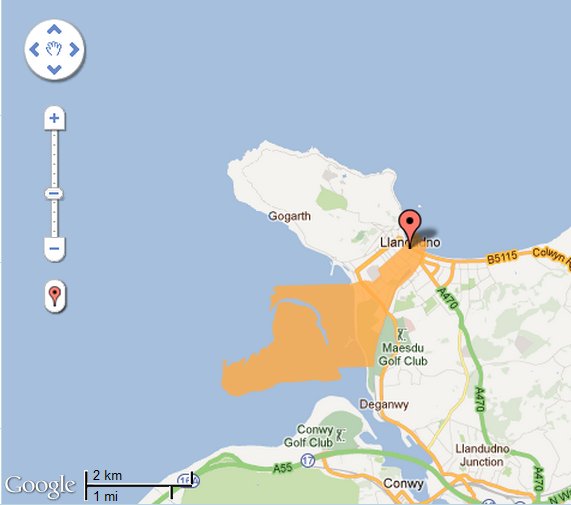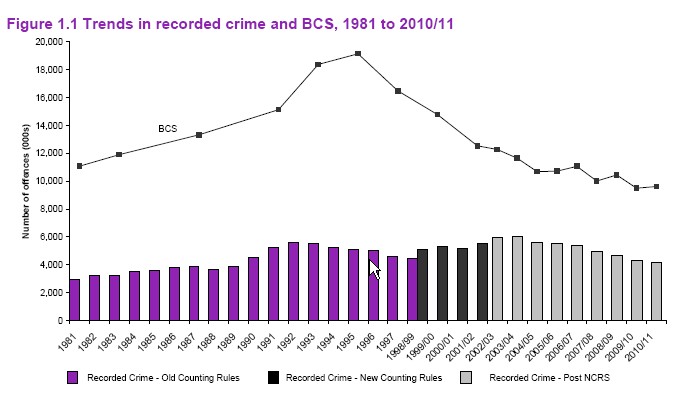Posted: March 28th, online 2012 Author: Dan No Comments »
Scaling-up crowdsourced community participation mashed up with open data can deliver some exciting solutions. So we were delighted to learn by chance about the geovation challenge last week which is supported by the Ordnance Survey as we can leverage what we have learnt and our capabilities from UKCrimeStats. These are brief summaries of our entrants and what we propose to do if we win a prize – feel free to comment, advice retweet, facebook like etc. on the Geovation website – our 2 ideas are here;
1. BikeSafe App: – full details here
We believe we could develop an app that would go a long way to reducing and clearing up bike theft using our existing database www.ukcrimestats.com – based on police.uk data, police contacts and smartphone capabilities.
The key is to make it easy to register details for your bike, record your daily journeys and routes, make it very easy to register it as stolen and getting as many people as possible to sign up and in so doing, create a local and national picture that engages all the players, that did not exist before.
We believe that one of the most difficult crimes to solve is bicycle theft because these are relatively low value objects, easy to steal and massively underreported. Officially there were 115,147 bikes stolen in the UK in 2010 but the true figure is closer to more than half a million http://www.halfordspressoffice.com/Content/detail.aspx?NewsAreaId=2ReleaseID=874 – as was revealed by Halfords’ research because almost 80% of owners do not report their theft.
However, in order to create the stickiness and sense of community, we believe the value of using the app has to be to record daily commutes and routes used so that cyclists create a (private to view) history of their daily, weekly, yearly mileage.
2. Neighbourhood Action – Crowdsourcing Community Issues – full details here
Neighbourhood Action is a crowd-sourcing web-based platform that aims to significantly increase public participation in reporting local crime and community issues from the bottom up. Our local community depends on us to report issues that we’re unhappy with so that corrective action can be taken – but very few of us are actively doing this so it’s not representative. Neighbourhood Action solves this problem by making it easy to file your issue online in a free to view forum tied specifically to your local Police Team (using the www.ukcrimestats.com database with 5,000 plus neighbourhoods and Police Neighbourhood Teams), Council and Neighbourhood Watch representatives. The issue can then be voted on (only once per registered user). There would also be an email alert capability to everyone who is signed up to your neighbourhood as soon as a new issue is posted up. The more people participate, the easier it will be for the authorities to recognize and prioritize your issues and allocate adequate time and resources accordingly.



